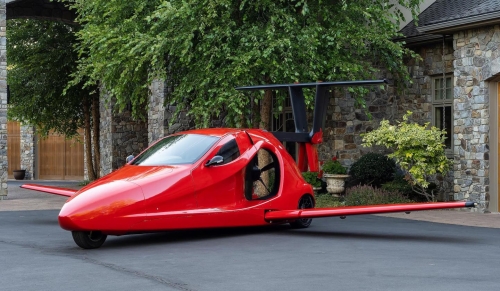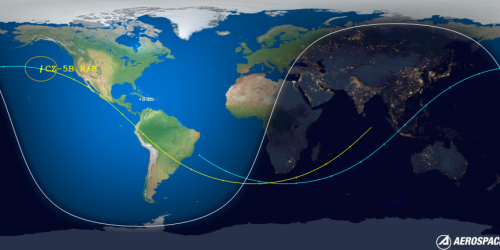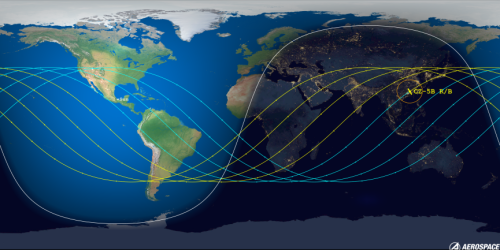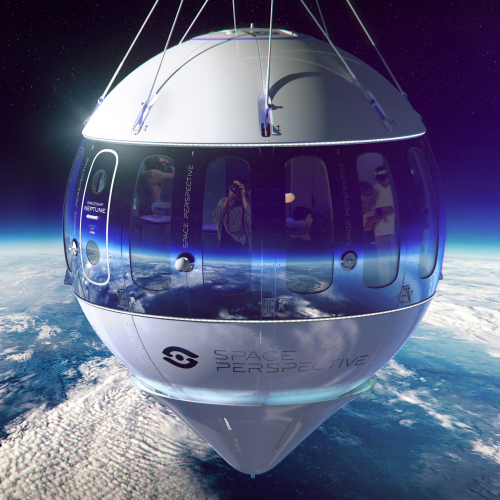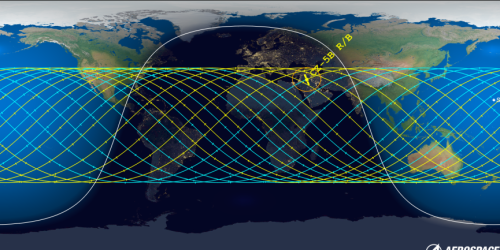China launches “reusable experimental spacecraft”
According to the official Chinese press, China today successfully used its Long March 2F rocket to place into orbit a “reusable experimental spacecraft.”
To say the information provided was terse is to be extravagant. This is it:
After a period of in-orbit operation, the spacecraft will return to its scheduled landing site in China. It will test reusable technologies and in-orbit service technologies as planned during its flight, providing technological support for the peaceful use of space.
It appears, based on the size of the rocket, that this spacecraft is likely a copy of Boeing’s X-37B.
The leaders in the 2022 launch race:
33 SpaceX
28 China
10 Russia
6 Rocket Lab
5 ULA
The U.S. still leads China 48 to 28 in the national rankings, and the entire world combined 48 to 45.
These numbers should change within the next half hour, as SpaceX is about to launch another rocket.
According to the official Chinese press, China today successfully used its Long March 2F rocket to place into orbit a “reusable experimental spacecraft.”
To say the information provided was terse is to be extravagant. This is it:
After a period of in-orbit operation, the spacecraft will return to its scheduled landing site in China. It will test reusable technologies and in-orbit service technologies as planned during its flight, providing technological support for the peaceful use of space.
It appears, based on the size of the rocket, that this spacecraft is likely a copy of Boeing’s X-37B.
The leaders in the 2022 launch race:
33 SpaceX
28 China
10 Russia
6 Rocket Lab
5 ULA
The U.S. still leads China 48 to 28 in the national rankings, and the entire world combined 48 to 45.
These numbers should change within the next half hour, as SpaceX is about to launch another rocket.

